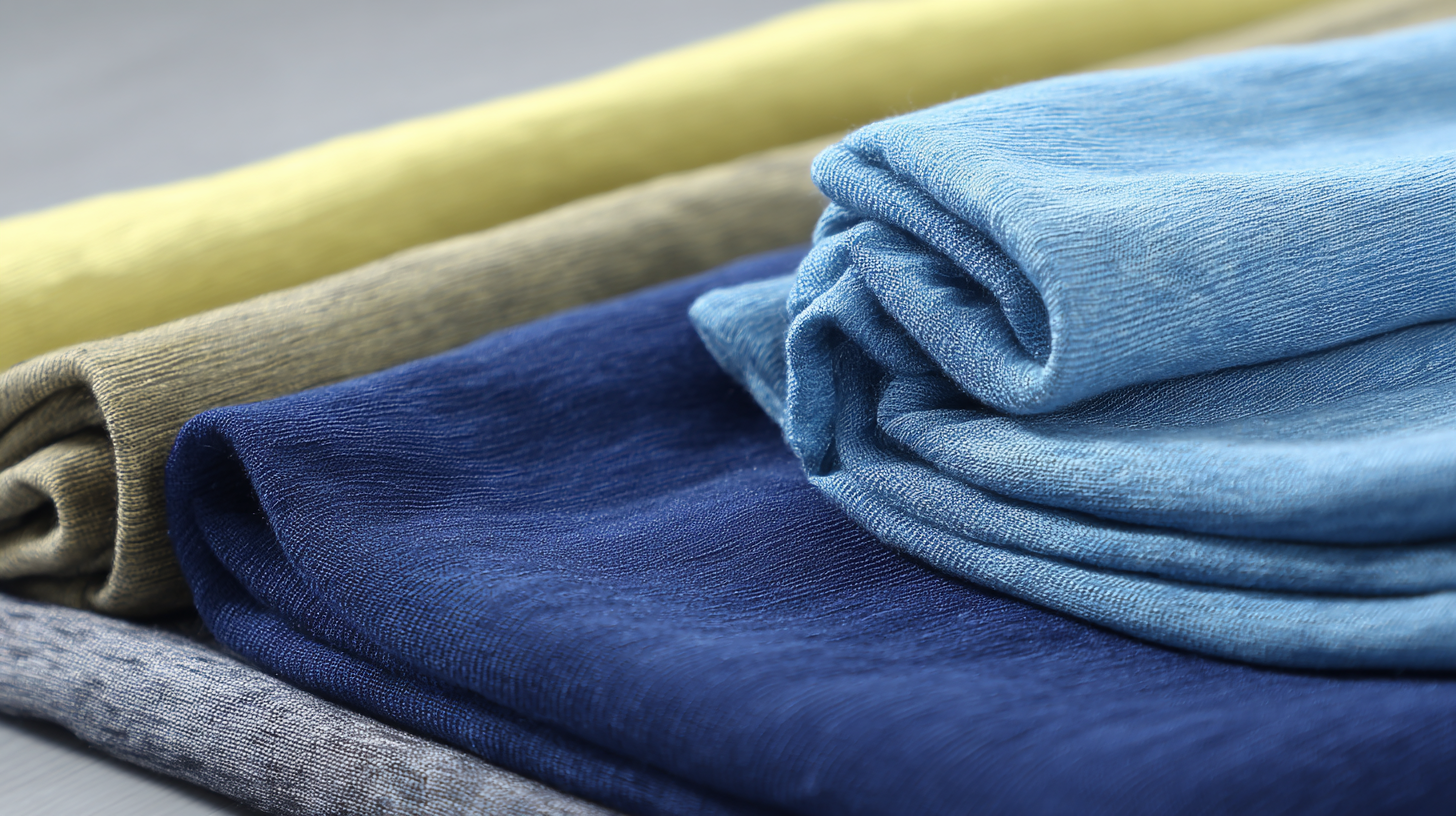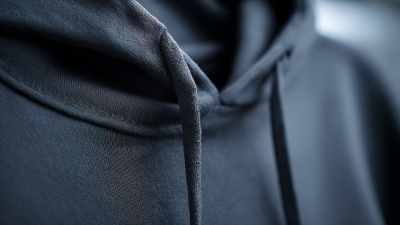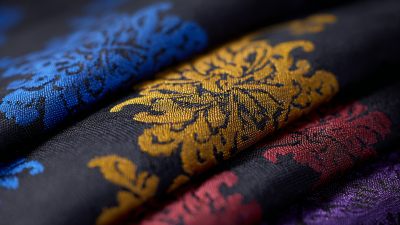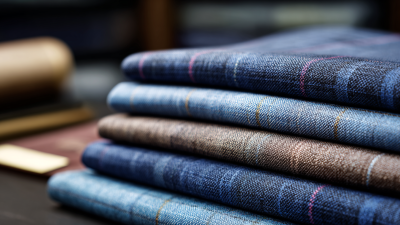The fashion industry is undergoing a significant transformation towards sustainability, driven by consumer demand for eco-friendly materials and practices. Among the emerging trends, "Fashion Single Jersey Fabric" stands out due to its versatility and sustainability. According to a report by Allied Market Research, the global sustainable textile market is projected to reach $8.25 billion by 2028, growing at a CAGR of 9.7%. Fashion Single Jersey Fabric, known for its soft, stretchy nature and breathability, aligns perfectly with this trend, offering designers a fabric that can be utilized in a variety of apparel, from casual wear to athleisure. Additionally, the move towards sustainable textiles is bolstered by the increasing implementation of circular fashion principles, with single jersey fabric being crafted from recycled materials in many cases. As brands continue to embrace these trends, Fashion Single Jersey Fabric is poised to play a pivotal role in the evolution of sustainable fashion, meeting both consumer expectations and environmental responsibilities.
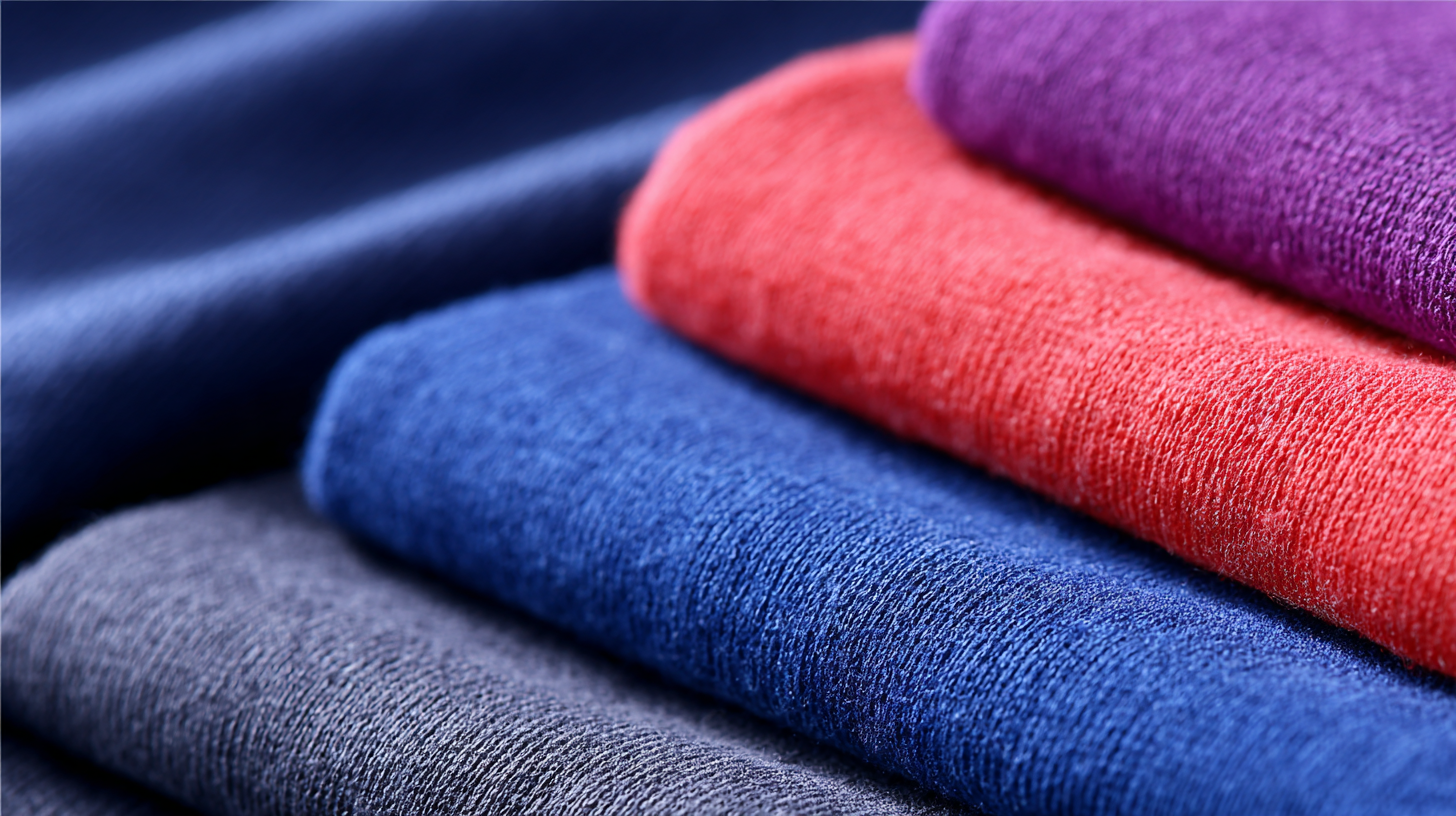
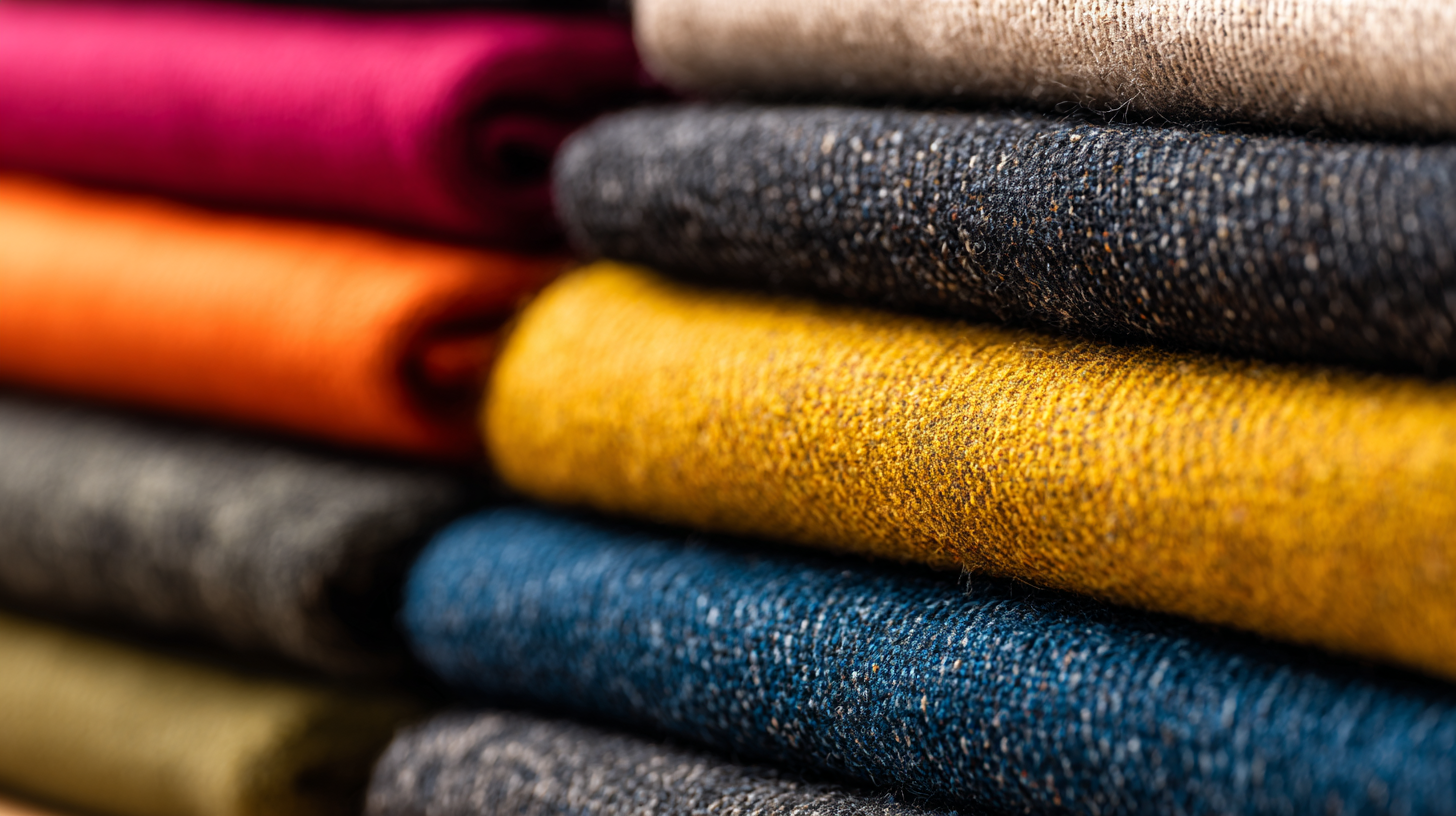 Single Jersey fabric has emerged as a significant choice in the sustainable textiles movement, thanks to its unique characteristics and benefits. This versatile knit fabric, known for its smooth surface and excellent drapability, is primarily made from cotton, bamboo, or recycled fibers. According to the Global Textile Sustainability Report 2022, the demand for eco-friendly textiles has grown by over 20% in the past two years, highlighting the increasing preference for fabrics like Single Jersey that blend comfort with sustainability.
Single Jersey fabric has emerged as a significant choice in the sustainable textiles movement, thanks to its unique characteristics and benefits. This versatile knit fabric, known for its smooth surface and excellent drapability, is primarily made from cotton, bamboo, or recycled fibers. According to the Global Textile Sustainability Report 2022, the demand for eco-friendly textiles has grown by over 20% in the past two years, highlighting the increasing preference for fabrics like Single Jersey that blend comfort with sustainability.
One of the standout features of Single Jersey fabric is its breathability, making it ideal for casual wear and activewear alike. It allows for ease of movement while providing moisture-wicking properties, which is essential for athletic apparel. Additionally, a study from the Textile and Apparel Research Journal revealed that garments made from Single Jersey tend to have a lower environmental impact—approximately 30% less than traditional woven fabrics—due to more efficient production processes and recyclable materials. As the fashion industry continues to prioritize sustainability, Single Jersey fabric represents a key trend that aligns with the values of modern consumers.
Single jersey fabric, known for its comfort and versatility, is emerging as a vital component in the realm of sustainable fashion. As consumers become increasingly aware of the environmental impacts of textile production, the demand for eco-friendly materials has skyrocketed. According to the Global Sustainability Textile Report 2023, sustainable fabrics are projected to account for 30% of the global textile market by 2025, highlighting the shift towards more responsible fashion choices. Single jersey fabric, often made from organic cotton or recycled fibers, not only meets consumer demand for sustainability but also offers various benefits, including breathability and ease of care.
Moreover, the single jersey knit process generates less waste compared to traditional woven fabrics. This efficiency aligns with the principles of the circular economy, where resources are reused and recycled. A report from the Textile Recycling Association indicates that utilizing recycled materials in garment production can reduce water consumption by up to 85% and energy use by 90%. As brands increasingly adopt single jersey fabric, we witness a significant step toward reducing the carbon footprint of the fashion industry. This trend is not merely a passing fad but a fundamental shift that emphasizes the integration of sustainability into everyday clothing choices.
Single jersey fabric is gaining popularity for its versatility and comfort, making it an ideal choice for everyday wear. This lightweight knit fabric is perfect for a variety of styles, allowing you to create effortless outfits for any occasion. Whether you're heading to the office or enjoying a casual day out, single jersey can be dressed up or down with ease.
**Tips for Styling Single Jersey Fabric:** One of the easiest ways to incorporate single jersey into your wardrobe is by layering. Pair a single jersey t-shirt with a tailored blazer for a polished look that's perfect for the workplace. For a more relaxed outfit, combine a loose-fitting single jersey dress with sneakers and a denim jacket—this creates an effortlessly chic vibe perfect for weekend outings.
Another creative technique is to mix and match patterns and textures. Consider pairing a striped single jersey top with floral bottoms, or layering a graphic print tank under a solid-colored cardigan. This combination not only adds visual interest to your outfit but also showcases your personal style. Don’t shy away from accessorizing with bold jewelry or a statement bag to complete the look!
Fashion single jersey fabric is gaining traction in the sustainable textiles movement, particularly due to its versatility and comfort. As a popular choice for various apparel, including t-shirts and dresses, it plays a significant role in the shift towards more sustainable practices in the industry. Sustainable textiles, such as those made from organic materials or recycled fibers, can significantly reduce waste and the carbon footprint associated with garment production. According to the Global Fashion Agenda, a staggering 92 million tons of textile waste are generated each year, reinforcing the importance of extending the life of our clothing through proper care.
To enhance the longevity of your jersey items, following tailored care and maintenance practices is essential. Washing clothes in cold water not only conserves energy but also minimizes fabric wear. Moreover, air drying instead of using a dryer can help preserve the elasticity and fit of jersey fabric. A report by the Ellen MacArthur Foundation indicates that extending the life of garments by just nine months can reduce carbon, water, and waste footprints by 20-30%. Embracing these practices can contribute significantly to a more sustainable fashion future, aligning with the principles of the circular economy that emphasize reuse and resource efficiency in the apparel sector.
This chart illustrates the key attributes of single jersey fabric, highlighting its comfort, breathability, sustainability, ease of care, and versatility. The high scores indicate the fabric's strengths, making it a popular choice in sustainable textiles.
The fashion industry is increasingly recognizing the significance of ethical production practices, particularly in the context of single jersey fabric. This versatile textile, widely used in apparel, offers a canvas for brands to prioritize fair trade principles. According to the Global Fashion Agenda, approximately 66% of consumers are willing to pay more for sustainable brands, indicating a growing demand for ethically produced clothing. By sourcing cotton from fair trade certified farms, brands can ensure that farmers receive fair wages and work in safe conditions, thus promoting social equity in the textile supply chain.
Incorporating ethical practices into the production of single jersey fabric also impacts the environment positively. A report from the Ellen MacArthur Foundation highlights that sustainable fashion can reduce greenhouse gas emissions by up to 30% by 2030, emphasizing the importance of responsible sourcing and manufacturing processes. Brands committed to ethical production often engage in transparent supply chains, providing consumers with insights into the origins of their garments. This shift not only enhances brand loyalty but also contributes to a broader movement towards sustainability in the fashion industry, making single jersey fabric a key trend for those looking to support ethical fashion choices.
